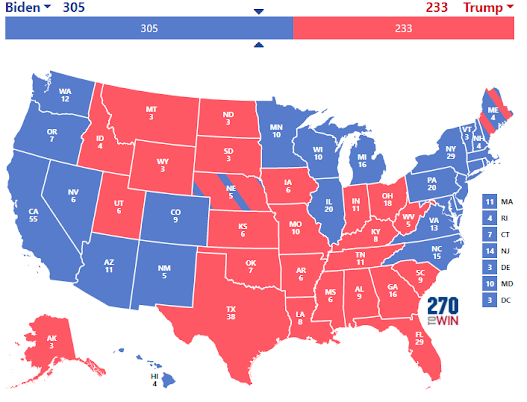 |
Latest projected path of Milton from NOAA and
the National Weather Service |
Hurricane Milton, currently churning in the Gulf of Mexico, is rapidly intensifying and poses a significant threat to Florida's west coast. The storm, which formed on Saturday, is expected to strengthen into a major hurricane before making landfall midweek.
As of Sunday morning, Hurricane Milton was located more than 800 miles west-southwest of Tampa, Florida, with maximum sustained winds of 80 mph, making it a Category 1 hurricane. The storm is moving eastward at 6 mph and is forecast to continue on this general path before turning northeast towards Florida.
The National Hurricane Center predicts that Milton could become a Category 4 hurricane with winds of up to 140 mph as it approaches the Florida Peninsula. However, there is still uncertainty in the forecast, with some models suggesting the storm could reach Category 5 strength. The primary threats from Hurricane Milton include life-threatening storm surge, damaging winds, and torrential rainfall. Forecasters warn that certain areas could receive up to a foot of rain by Wednesday night, leading to potential flooding of waterways and streets. Storm surge and wind impacts are expected to begin as early as late Tuesday or Wednesday along Florida's west coast.
Florida Governor Ron DeSantis has declared a state of emergency for 35 counties, many of which are still recovering from the impacts of Hurricane Helene, which struck the state less than two weeks ago. Mandatory evacuations are already in place in some parts of the state, and officials are urging residents to finalize their storm preparations immediately.
Residents in the potential path of Hurricane Milton are advised to have their hurricane preparedness plans ready and to heed any guidance from local officials. This includes stocking up on essential supplies, securing outdoor items, and being prepared to evacuate if ordered to do so. Some locations are already offering sandbags to residents.
The rapid intensification of Hurricane Milton is particularly concerning given the warm waters of the Gulf of Mexico and the minimal vertical wind shear, conditions that are conducive to strengthening. These same conditions led to the explosive growth of Helene just two weeks ago. The National Hurricane Center emphasizes that regardless of the exact strength at landfall, there is growing confidence that a powerful hurricane with life-threatening hazards will be affecting portions of the Florida west coast around the middle of this week.
Hurricane and storm surge watches are expected to be issued for portions of the Florida coastline by Sunday. Residents throughout Florida, as well as in the Florida Keys and northwestern Bahamas, are urged to stay informed about the storm's progress and be prepared to take action if necessary.
This article was written with the help of AI.


